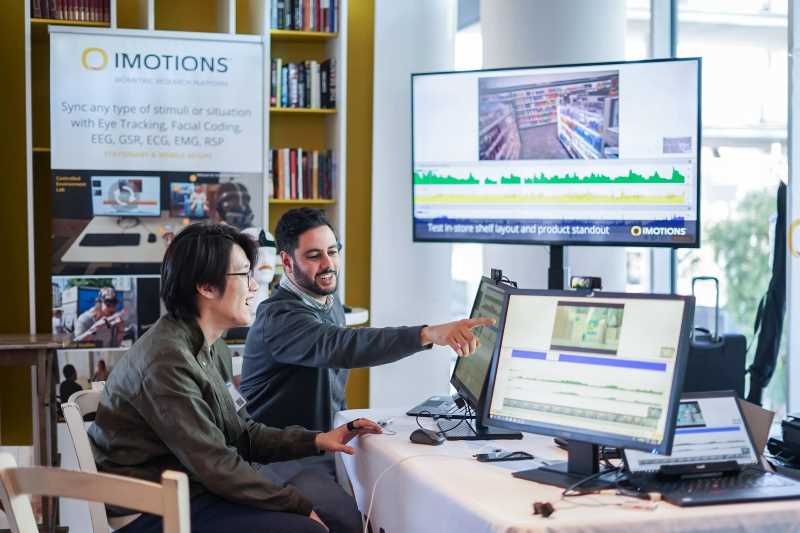Traveler information apps provide drivers with timely alerts about crashes, work zones, and road closures, using accurate, agency-reported data to enhance safety. This study evaluates the effectiveness of different types of road incident alerts in enhancing driver responses using a driving simulator, eye-tracking glasses, and a questionnaire. This study assesses driver reaction and perception behavior through a combination of recorded driving performance and eye movements, while also gathering participant feedback on the most effective alert types. The findings revealed that alerts providing comprehensive information such as incident notifications, distance to the incident, and actionable instructions were most effective in eliciting quick driver responses and improving safety, particularly when delivered two miles in advance of the incident. These types of alerts had a significantly faster response period compared to other types of alerts analyzed. Eye-tracking data indicated that simpler alerts, such as those with only incident information, could also help drivers maintain focus on the road and reduce decision-making complexity. Survey results supported these findings, showing a clear preference for alerts with detailed information, including distance and recommended actions. This study also identified the preferred optimal alert timing as being at least two miles before the incident in high-speed interstate roadway conditions. These findings emphasize the importance of clear, actionable alerts in traveler information systems and highlight opportunities for optimizing alert timing and simplicity to improve driver safety.
Related Posts
-

Your Menu Is Your Most Powerful Marketing Asset
Consumer Insights
-

Measuring Pain: Advancing The Understanding Of Pain Measurement Through Multimodal Assessment
Ergonomics
-

Feeling at Home: How to Design a Space Where the Brain can Relax
Ergonomics
-

Why Dial Testing Alone Isn’t Enough in Media Testing – How to Build on It for Better Results
Consumer Insights



